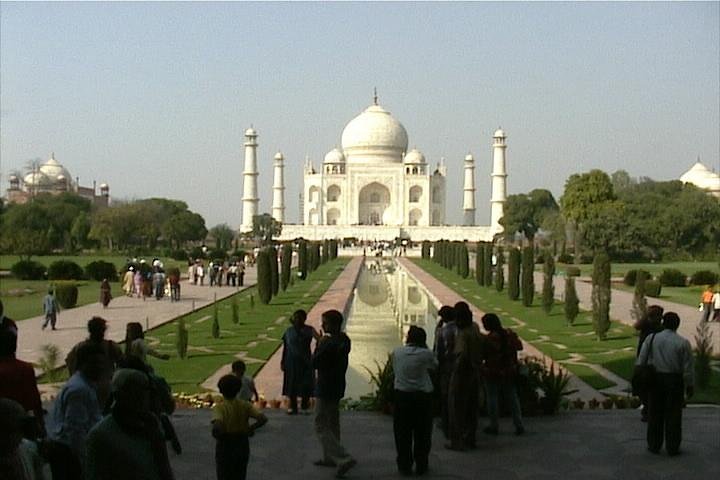Exploring the Portuguese Legacy: A Walk Through Old Goa’s Historical Marvels
Drawn by the allure of Old Goa’s rich history and architectural wonders, I embarked on the Old Goa Heritage Walk. Led by the insightful Sejal, this journey through time was an unforgettable exploration of the city’s Portuguese past.
A Journey Through Time: The Streets of Old Goa
As a former professor of European history, I have always been drawn to places where the past whispers through the cobblestones and echoes in the arches of ancient buildings. My recent visit to Velha Goa, or Old Goa, was no exception. The Old Goa Heritage Walk, led by the knowledgeable Sejal, was a captivating journey through the remnants of Portuguese influence in India.
Our walk began at the Viceroy’s Arch, a majestic gateway that once served as the main entrance to the city from the Mandovi riverfront. This arch, with its intricate carvings and imposing presence, set the tone for the historical exploration that lay ahead. As we passed through, Sejal’s storytelling prowess brought the past to life, painting vivid pictures of the Portuguese arrival in 1510 under Afonso de Albuquerque and their subsequent establishment of a thriving colonial capital.
The cobbled streets of Old Goa, lined with remnants of its grand past, were a testament to the city’s historical significance. Each step seemed to echo with the footsteps of those who had walked these paths centuries before, from the Bahmani Sultan Adil Shah to the Portuguese settlers who followed.
Architectural Marvels: Churches of Old Goa
Our journey continued to the heart of Old Goa’s architectural wonders, the churches that stand as monuments to the city’s rich history. The Church of St. Francis of Assisi, with its baroque style and intricate woodwork, was a highlight. Inside, the walls adorned with paintings told stories of faith and conquest, a testament to the cultural fusion that occurred during the Portuguese era.
Sejal’s insights into the architectural styles and historical context of each church were invaluable. Her knowledge seemed boundless, and her ability to weave historical facts with engaging narratives made the experience both educational and entertaining. The Church of Our Lady of the Rosary, another gem in Old Goa’s crown, stood as a beautiful example of the blend of European and Indian architectural influences.
As we explored these sacred spaces, I couldn’t help but reflect on the role these churches played in the spread of Christianity in the region. They were not just places of worship but also symbols of the Portuguese’s broader cultural and religious ambitions.
Hidden Gems and Lasting Impressions
Beyond the well-known landmarks, Sejal guided us to lesser-known sites that might easily be overlooked without an informed guide. These hidden gems, each with its own story, added depth to our understanding of Old Goa’s historical tapestry. From quaint chapels to remnants of colonial structures, each site offered a glimpse into the city’s multifaceted past.
Sejal’s calm demeanor and soothing voice made the walk a truly immersive experience. Her ability to answer even the most obscure questions with humility and insight enriched our journey, leaving us with a deeper appreciation for the history that shaped this remarkable city.
Although we missed the opportunity to explore the Fountainhas district this time, it only gives us another reason to return. The Old Goa Heritage Walk is not just about the places you see; it’s about the stories that linger long after the walk is over. For anyone with a passion for history and architecture, this tour is an absolute must-do. I look forward to my next adventure, and I hope to see you on the trail!














































